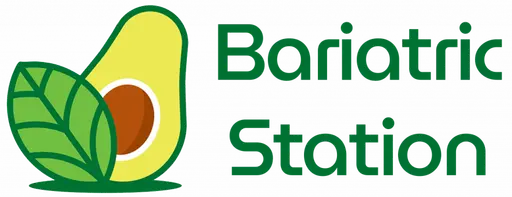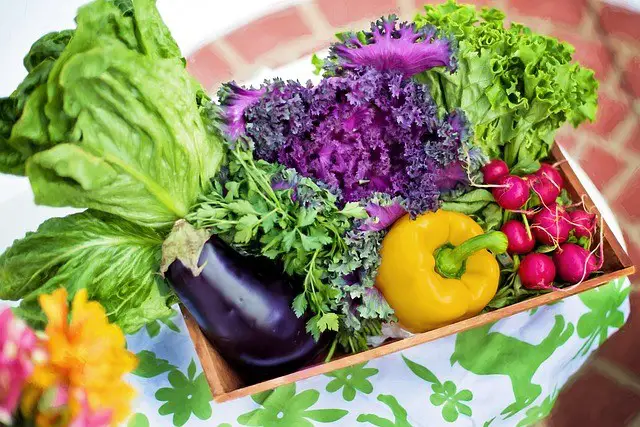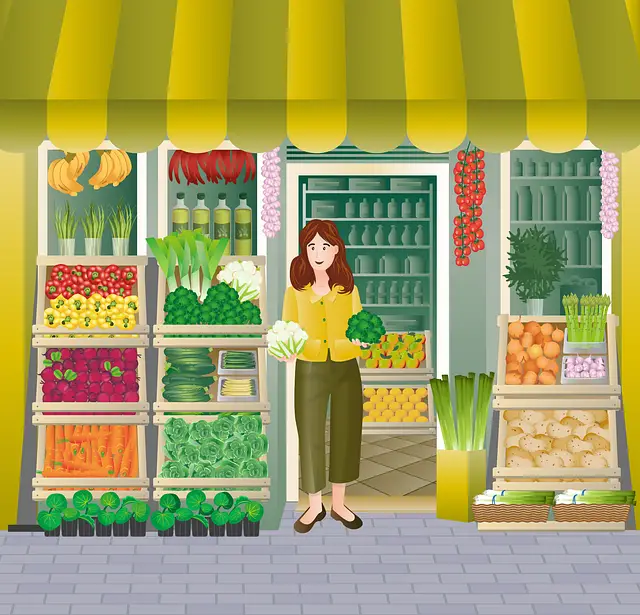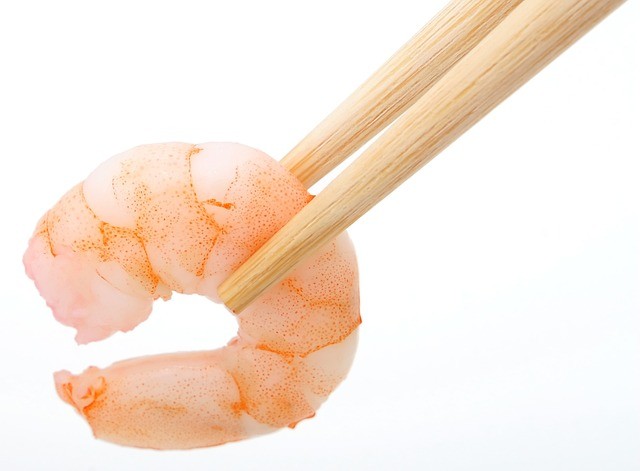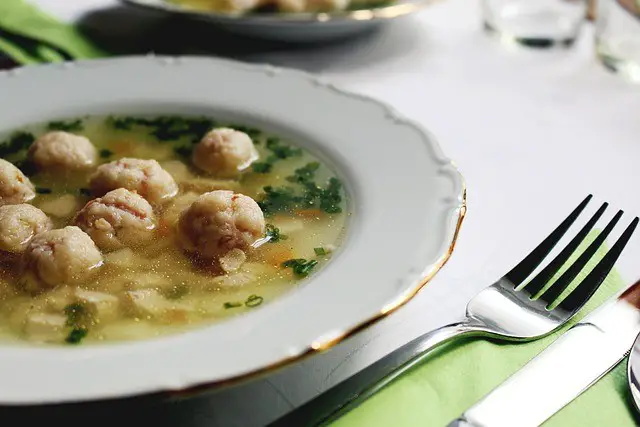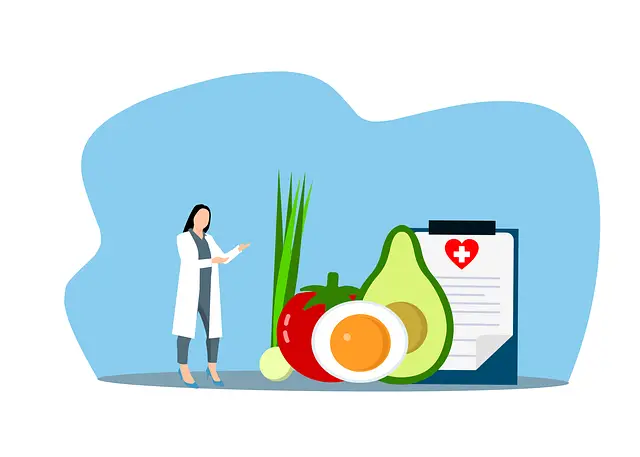When eating keto, you are required to eat a high-fat, low-carb diet. Some many dos and don’ts come with the keto diet. You need to pay attention to how many carbs you are consuming to remain in ketosis.
Most of the fat we consume on a keto diet is from animal products like fresh meats, high-fat dairy products, and sea foods. Other sources of healthy fats are fats and oils like olive oil and coconut oil, which contain monounsaturated and polyunsaturated fatty acids (MUFAs and PUFAs) that reduce heart disease risk factors.
If your nutritionist asked you to restrict your carb consumption to lower your net carbs, you are probably asking yourself, which foods you can eat that will help you stay within the carb limit.
Because the keto diet is high in fats, it may feel like you are consuming too many meats and animal products. At times it may feel like you cannot be on the keto diet if you are vegetarian or vegan. No need to worry! You can incorporate vegetable intake into your ketogenic diet.
Today, we will look at what you are allowed to eat on keto, which vegetables are considered low-carb vegetables, the carb count in low-carb veggies, which veggies are high-carb vegetables, which ones to avoid so as not to increase your total carbs, and a vegetable net carbs chart that can guide you on which vegetables are keto vegetables.
Low Carb Vegetables
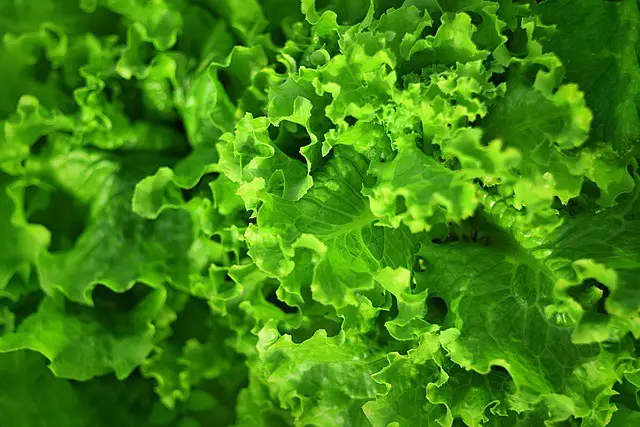
Why are we focusing on low-carb vegetables? Because they are low in net carbohydrates and total carbohydrates. Net carbs refer to the digestible carbs and absorbable carbs in vegetables.
The daily carb intake on a keto diet is 20 g to 50 g of carbohydrates, and 5% to 10% of your total calories should be from carbs. You cannot consume less than 20 g of carbs when eating vegetables, and if you choose the right keto-friendly vegetables, you will stay within the 50 g limit.
Vegetable Net Carbs Chart
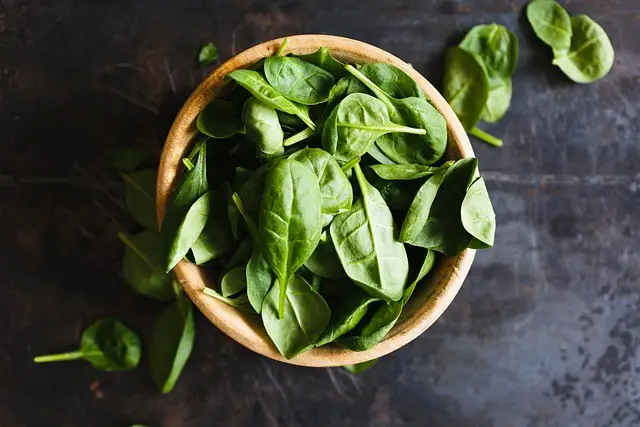
Vegetables are nutrient-dense containing many essential micronutrients. They are also rich in dietary fiber which helps lower blood sugar by reducing the rate of digestion and slowing down the release of glucose into the bloodstream. Dietary fiber is a type of carb that does not count in net carbs, so the more fiber in a vegetable the lower the net carbs.
Healthy vegetables, especially leafy greens are low in calories preventing weight gain. If you did a quick Google search, many sites recommend apps that may contain incorrect values of net carbs per serving of food.
Finding accurate information on carbs in vegetables can be a bit challenging. The values in this article have been properly researched and added from credible sources that follow the USDA regulation values.
Lowest Carb Vegetables per 100g
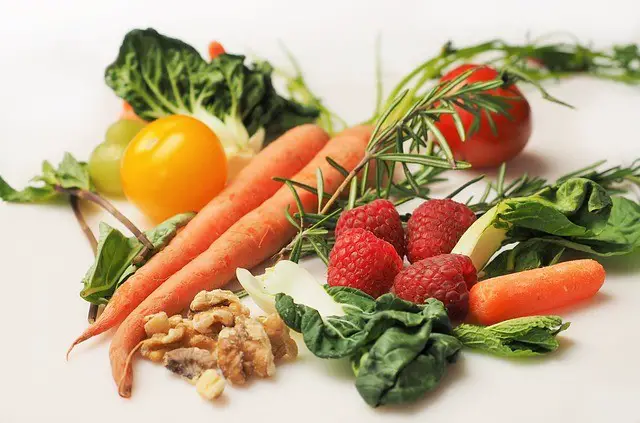
If you want to know whether your vegetable is considered part of low-carb veggies or high-carb vegetables, consider this rule:
Above the Ground Vegetables
These are vegetables that grow on top of the soil. They are keto vegetables, and their net carbs are very low. These are the best options when eating keto.
Root Vegetables
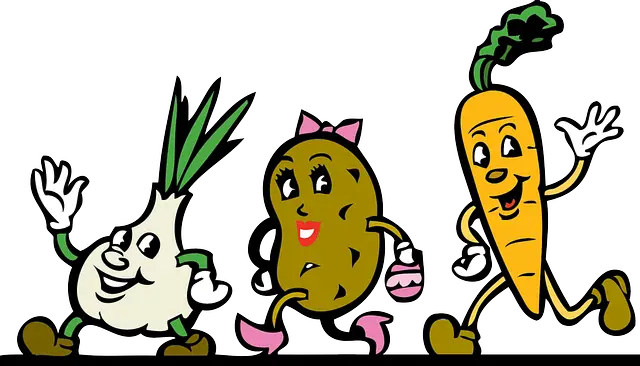
Vegetables that grow in the ground are high carb and are not recommended on a keto diet. This is because these foods store their nutrients in their roots. These vegetables are not necessarily roots, but bulb-like growths which store starch to help in feeding the plant.
There are some exceptions to this rule in some foods. But first, because you want to keep your carb counts low, let me give you a list of vegetables, their total carbs and net carbs, and net carbs per serving.
Now to our vegetable net carbs chart. I will divide them according to the carbs in vegetables: low, moderate, and high-carb veggies. These are the carbs per 100 g serving.
- Romaine lettuce: 20 calories of energy, 3.24 g of total carbs, 1.8 g of fiber, 1.19 g of sugars, 1.74g of net carbs
- Kales (raw): 43 calories of energy, 4.42 g of total carbs, 4.1 g of fiber, 0.8 g of sugars, and 0.32 g of net carbs
- Bok Choy: 13 calories of energy, 2.18 g of total carbs, 1 g of fiber, 1.18 g of sugars, and 1.18 g of net carbs
- Eggplant (cooked): 33 calories of energy, 5.9 g of total carbs, 3.0 g of fiber, 3 g of sugar, and 2.9 g of net carbs
- Green bell peppers: 23 kcals of energy, 4.78 g of total carbs, 0.9 g of fiber, and 3.88 g of net carbs
- Green beans: 31 kcals of energy, 7.0 g of total carbs, 2.7 g of fiber, and 4.3 g of net carbs
- Broccoli: 34 kcals of energy, 6.6 g of total carbs, 2.6 g of fiber, and 4 g of net carbs
- Celery: 17 kcals of energy, 3.32 g of total carbs, 1.6 g of fiber, and 1.72 g of net carbs
- Tomato (grape): 31 kcals of energy, 5.51 g of total carbs, 2.1 g of fiber, and 3.41 g of net carbs
- Cauliflower: 25 kcals of energy, 5 g of total carbs, 2.0 g of fiber, and 3 g of net carbs
- Cucumber: 16 kcals of energy, 2.95 g of total carbs, 0.7 g of fiber, and 2.25 g of net carbs
- Spinach (baby): 27 kcals of energy, 2.41 g of total carbs, 1.6 g of fiber, and 0.81 g of net carbs
- Asparagus: 20 kcals of energy, 3.9 g of total carbs, 2.1 g of fiber, and 1.8 g of net carbs
- Olives: 145 kcals of energy, 3.84 g of total carbs, 3.3 g of fiber, 0.54 g of sugars, and net carbs
- Avocado: 160 kcals of energy, 8.5 g of total carbs, 6.7 g of fiber, and 1.8 g of net carbs
- Alfalfa sprouts: 23 kcals of energy, 2.1g of total carbs, 1.9 g of fiber, and 0.2 g of net carbs
- Mushrooms (white): 22 kcal of energy, 3.26 g of total carbs, and 1 g of net carbs
- Green Cabbage: 31 kcals of energy, 6.38 g of total carbs, 2.5g of fiber, and 3.88 g of net carbs
- Red bell peppers: 31 kcals of energy, 6.65 g of total carbs, 1.2 g of fiber, and 5.45 g of net carbs
- Arugula: 25 kcals of energy, 3.65 g of total carbs, 1.65 g of dietary, and 2.05 g of sugars and net carbs
- Radishes: 16 kcals of energy, 3.4 g of total carbs, 1.6 g of fiber, 1.86 g of sugars, and net carbs
- Brussels Sprouts (raw): 43 kcals of energy, 8.95 g of total carbs, 3.8 g of fiber, and 5.15 g of net carbs
Low-carb vegetables contain less than 1 to 5 g of net carbs per serving. The carb counts of these vegetables may increase in one cup of the same cooked vegetables. This is because more vegetables are packed into the cup cooked than when raw. It may decrease as well because of loss of water and breakdown of fiber by heat.
Medium Carb Content Vegetables
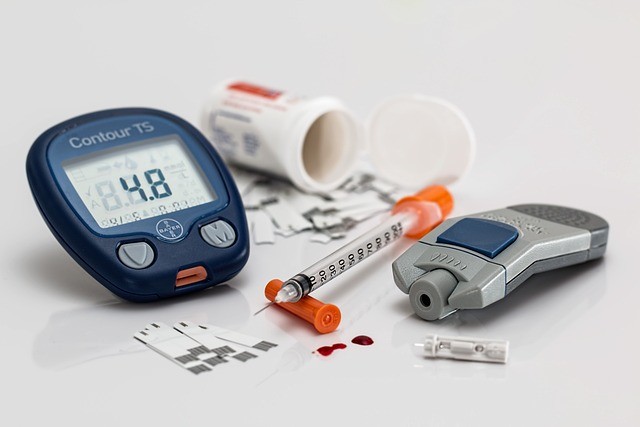
The net carbs per serving are not the only determinant of whether the carbs in vegetables are moderate or high. We will look at the glycemic index of moderate and high-carb foods, which is a score that represents how fast a food can raise your blood sugar levels. A food’s glycemic load measures how food affects your blood sugar levels based on its net carbs per serving and glycemic index.
Vegetables that score below 30 are extremely low in carbs, between 31 to below 55 are low carb, between 56 to below 70 are moderate carb and those above 70 are high carbs. Low-carb vegetables have a glycemic load ranging from 1 to 10, moderate-carb veggies have a GL ranging from 11 to 19, while veggies with a GL higher than 20 are high-carb veggies.
The following contain moderate amounts of carbs in vegetables:
Yellow Bell Peppers
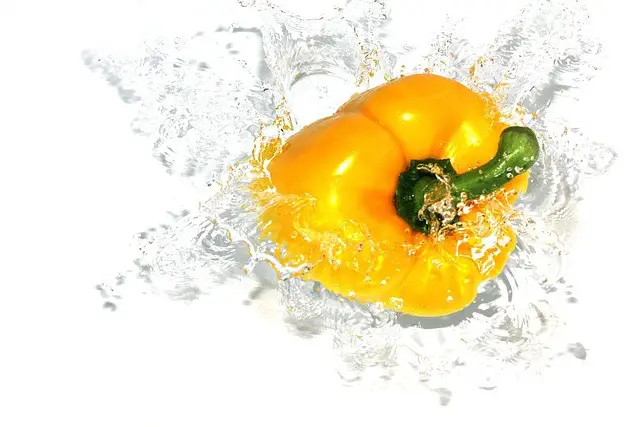
Yellow bell peppers are keto vegetables, but you must be careful with their portion sizes. One serving of yellow bell peppers contains 31 kcals, 6.6 g of carbs, 1.1 g of fiber, and 5.5 g of net carbs. Their GI is estimated to range from 30-40 and their GL from 2 to 2.5. They have a higher net carb than red and green bell peppers.
Artichokes
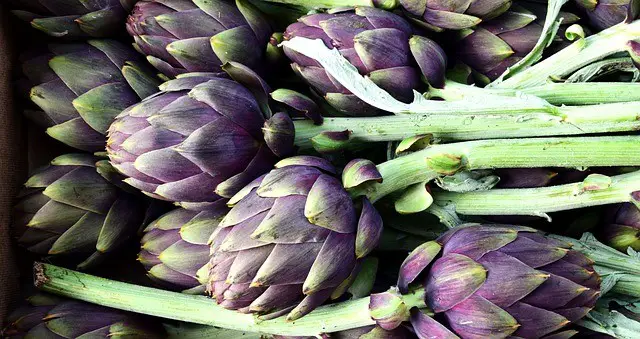
Artichokes are keto vegetables when consumed in moderation. Why do they fall on the moderate list in our vegetable net carbs chart? The total carbs per 100 g in artichokes are 10.5 g. They also contain 5.4 g of fiber and 5.1 g of net carbs. Their glycemic load is 0.6 and their glycemic index is 32. Consuming a moderate number of artichokes can help regulate blood sugar levels.
Beets
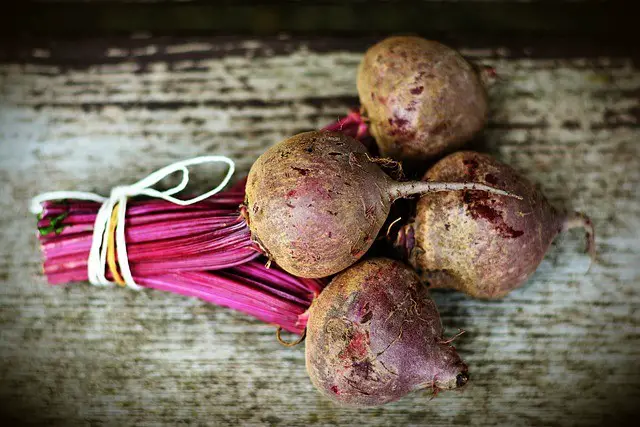
Are beets keto vegetables? They can be in moderate amounts! The net carbs per 100 g of beets are 6.76 g, with 9.56 g of total carbs and 2.8 g of fiber. Beets have a glycemic load of 5 and a glycemic index of 61, which is considered moderate.
Consider raw beets over cooked beets because they contain lower carb content.
Carrot
The net carbs per 100 g of carrots are 6.78 g, gotten by subtracting 2.8 g of fiber from 9.58 g of total carbs. The glycemic load is equal to 8 and the glycemic index is 16. A cup of these cooked veggies contains 8. 22 g of total carbs, 3 g of fiber, 3.45 g of sugars, and 5.22 g of net carbs.
The glycemic load of cooked carrots is 4.25 and the glycemic index is 85. From this, you are better off eating raw carrots over cooked ones. Eat a cup of raw carrots or half a cup of cooked ones to remain in ketosis.
Green Peas
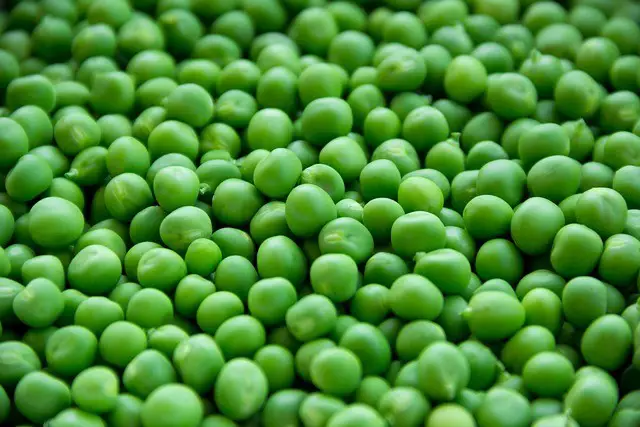
In 100 g of green peas, you will get 14.4 g of total carbs, 5.7 g of fiber, and 8.7 g of net carbs. It also contains 5.67 g of sugar. The glycemic load (GL) is 4 and the glycemic index of 51. It contains high amounts of sugar that can spike your blood glucose.
A cup of green peas contains a high amount of starch, so if you are on a strict keto diet, you are better off not eating them at all. Consume half a cup of these veggies if you don’t want to surpass your carb limit.
Onion
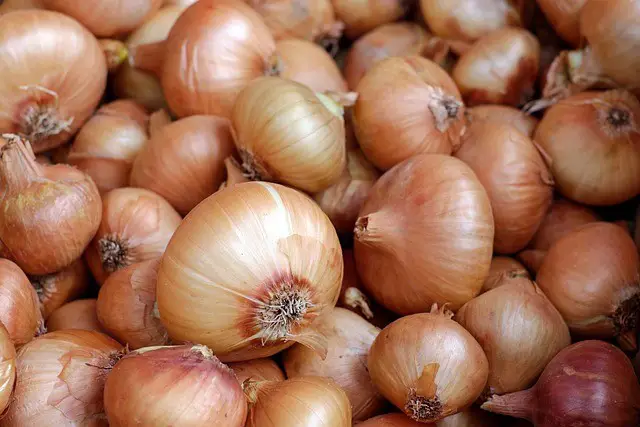
Onions grow underground and they are higher in carbs than other veggies. Onions contain 9.34 g of carbs, 1.7 g of fiber, and 7.64 g of net carbs. The glycemic index of onion is 10 and the glycemic load is 1.
Cooked onion rings contain 36.3 g of carbs, 2.4 g of fiber, and 33.9 g of net carbs. The GI of cooked onion ranges from 10 to 15. Because they are root veggies they are high in carbs. Add raw onions to your salads without much worry because they will not affect your blood sugar as fast.
Celeriac
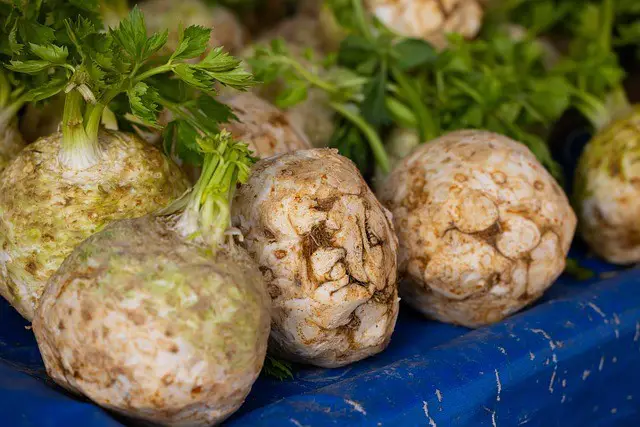
Celeriac contains 42 kcals of energy, 9.2 g of carbs, 1.8 g of fiber, 1.6 g of sugars, and 7.4 g of net carbs. The GI of celeriac is 35 and the GL is 3.2. Not consuming them in large quantities will have less effect on your blood glucose.
High-Carb Vegetables to Avoid
Here are vegetables that are high-carb foods and are not suitable for a low-carb diet. These veggies contain more than 10 g of net carbs per serving and have a high GL and GI.
Sweet Potatoes
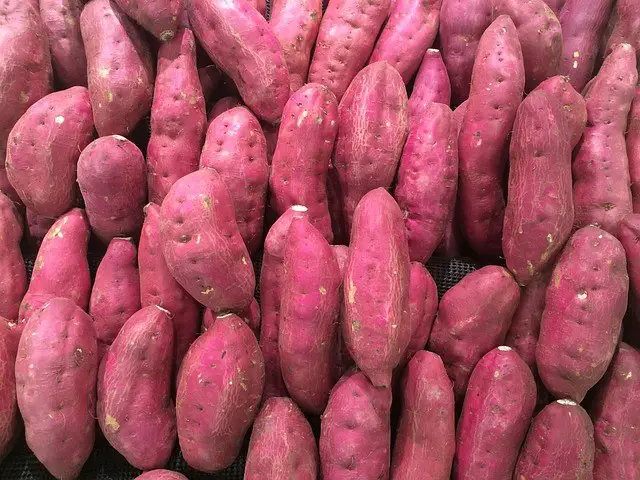
In 100 g of cooked sweet potatoes, you will get 20.7 g of carbs, 3.3 g of fiber, 6.48 g of sugars, and 17.4 g of net carbs. A raw sweet potato without the skin contains 77 kcals of energy, 17.3 g of carbs, 4.4 g of fiber, 6.06 g of sugar, and 12.9 g of net carbs.
The sweet potato has a glycemic load of 11.1 and a glycemic index of 62. GI can increase or decrease depending on the cooking methods used to prepare your sweet potatoes. Boiled sweet potatoes have a lower GI because heat alters the structure of the tuber increasing the retention of more resistant starch. Resistant starches are digested at a slower rate, reducing their impact on blood glucose. The longer the boiling time, the lower the GI.
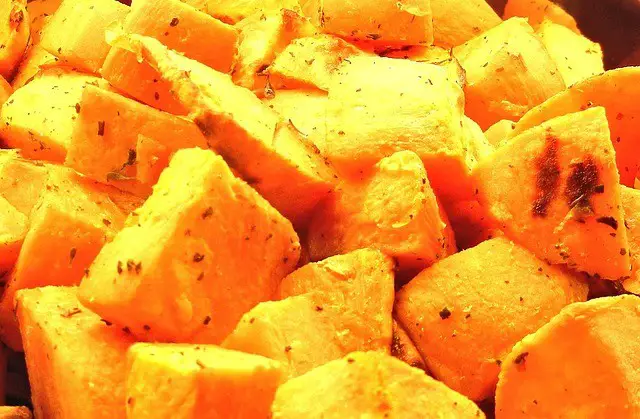
Roasted sweet potatoes on the other hand have a higher GI than boiled ones. This is because roasting gets rid of resistant starches. A roasted sweet potato has a GI of 82.
If you’re on a keto diet, avoid baked sweet potatoes. Baking increases the GI of sweet potatoes to 94 which classifies it as a high-carb food.
Stir-frying is also another method that alters the GI of sweet potatoes. Sweet potato stir fries have a lower glycemic index than others prepared by other cooking methods. This is because the fat used slows down gastric emptying and slows down the absorption of glucose. Stir-fried sweet potatoes have a GI of 76.
You are better off staying clear of these tubers because their high carb content leads to high cholesterol levels, increased insulin resistance, and reduced weight loss. If they are part of your favorite foods, you may just have to find another option because their high sugar content increases carb cravings, which can make you binge eat them.
Yam
One serving of raw yams contains 118 kcals, 27.9 g of carbs, 4.1 g of fiber, and 23.8 g of net carbs. Its GI is 65 and its GL is 18.2. The GI of Yam changes depending on the variety and cooking method.
A study compared the changes in GI of different Yam varieties after undergoing boiling, roasting, and frying. White yam has a lower GI compared to water and yellow yam. Boiling lowers GI compared to other cooking methods. So when meal planning, choose a cooking method that will lower the GI of high-carb vegetables rather than increase them.
Plantains
Plantains can either be green or yellow. A serving of raw yellow plantains contains 122 kcals, 31.9 g of carbs, 1.7 g of total fiber, 17.5 g of sugar, and 30.2 g of net carbs. The same amount of raw green plantains contains 152 kcals, 36.7 g of carbs, 2.2 g of fiber, 2.29 g of sugar, and 34.5 g of net carbs.
The GI and GL of yellow plantain are 55 and 19.8 respectively. Green plantains have a lower GI and GL of 40 and 16.5 respectively. The cooking method can also affect how much and how fast plantains affect blood glucose. Boiling increases the GI to 66 and frying to over 90.
Potatoes are high-starch vegetables. The carb content of raw potatoes is 12.4 g, fiber content is 2.5 g and net carb is 9.9. The GI of potatoes ranges from 55 to 115, depending on whether it is raw or cooked and on the type of potatoes. The longer the boiling time, the higher the GI.
Waxy potatoes like fingerlings have a lower GI than starch varieties like Russel potatoes. Boiled and roasted potatoes have the lowest GI, baked potatoes have a slightly higher GI, and mashed, and instant potatoes have the highest GI.
You can lower the GI of your potatoes by combining them with proteins and fats, which helps in triggering insulin secretion and increases the activity of the gut microbiome. However, because of their effect on blood sugar, you should avoid them.
Butternut Squash
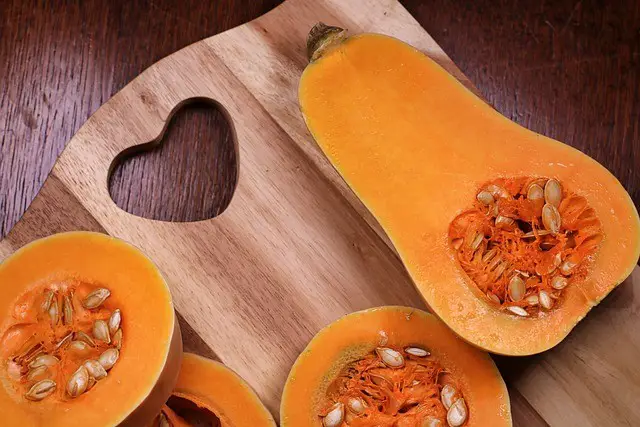
One serving of butternut squash contains 45 kcals, 11.7 g of carbs, 2 g of fiber, and 9.7 g of net carbs. In 1 cup of cooked butternut squash, you will get 22 g of total carbohydrates. It has a glycemic index of 75 and a glycemic load of 10. Consuming butternut will spike your blood sugar levels very quickly.
Parsnips
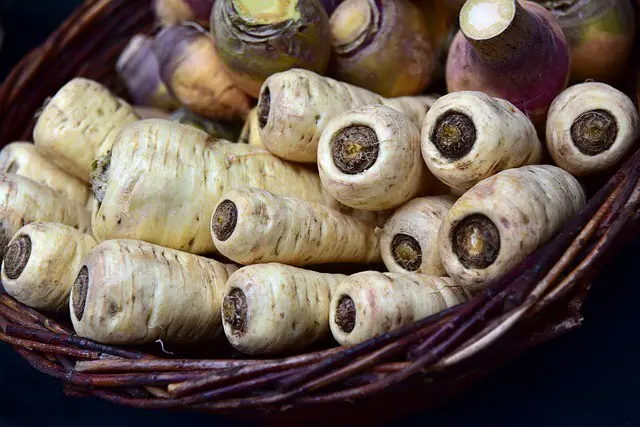
Parsnips root is closely related to parsley and carrots. It is on the high-carb veggies list in our vegetable net carbs chart because it contains 13 g of net carbs per 100 g, and it has a GL and GI of 15.3 and 85 respectively.
Low Carb Fruits
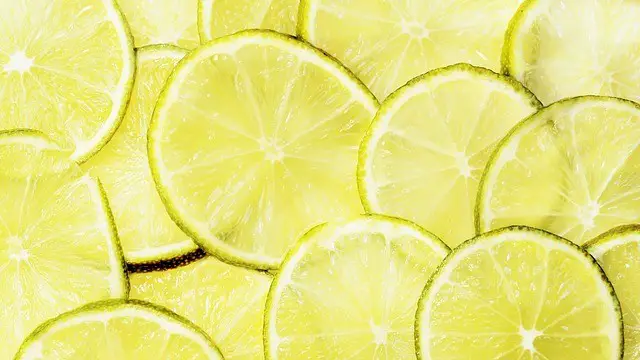
What goes hand in hand with vegetables? Fruits! It would be a big shame to discuss low-carb vegetables without mentioning low-carb and low-calorie fruits. Which fruits have the lowest carb and can be incorporated into your low-carb diet with keto-friendly veggies?
Berries
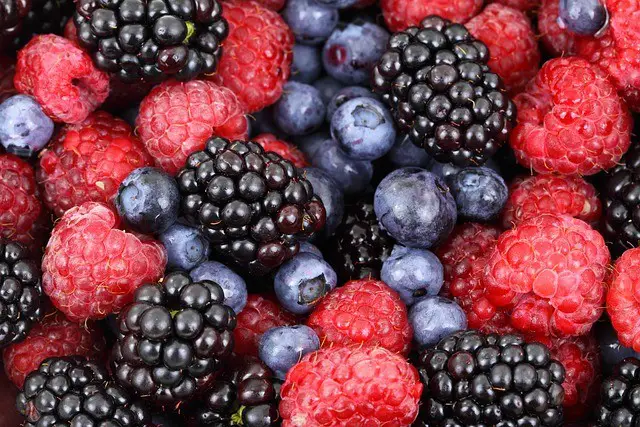
You can enjoy berries on a ketogenic diet because they are low in net carbohydrates. Whether it is strawberries, blueberries, raspberries, or blackberries, you can make yourself a healthy snack to satisfy your sweet tooth.
Avocado
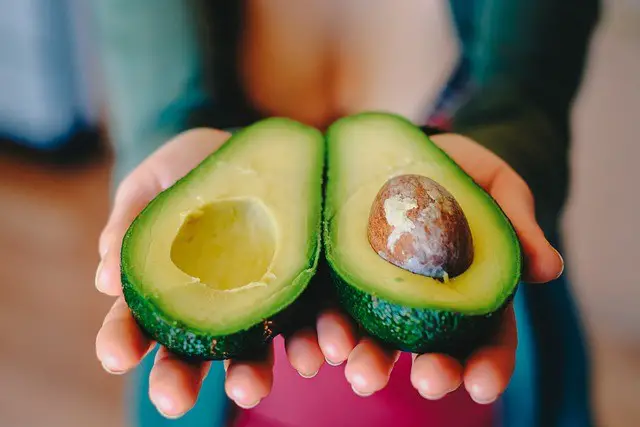
Technically a fruit, you may find others listing it as a low-carb vegetable. Why is this fruit considered one of the best keto vegetables?
Avocados are rich in healthy fats that do not pose any threat to your heart health. They are a rich source of vitamin K, potassium, and monounsaturated fatty acids that are needed to improve heart health.
Lemons and Limes
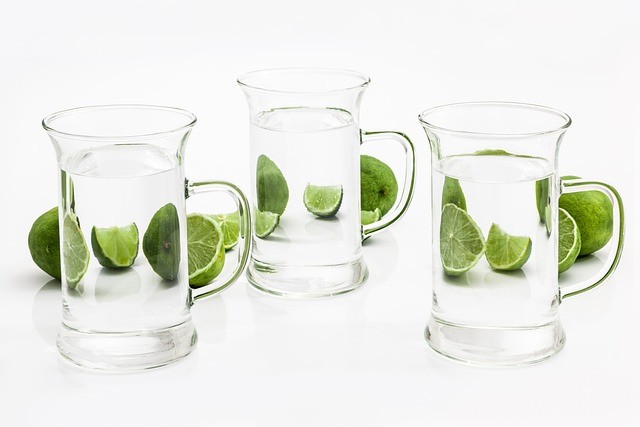
One slice of peeled lemon contains 0.652 g of total carbs, 0.196 g of dietary fiber, 0.175 g of sugars, and 0.456 g of net carbs. Your usual intake of lemons or limes is low in carbs.
Lemons and limes like other citrus fruits are high in vitamin C which is an antioxidant that prevents inflammations. They are also rich in phytochemicals necessary for preventing chronic diseases. Don’t feel shy to throw in some slices of these fruits in your drinking water on a hot sunny afternoon!
Other low-carb fruits you can enjoy on a keto diet include watermelons, tomatoes, and cantaloupes.
Low-Carb Vegetable Recipes
There are different ways to add low-carb vegetables to your ketogenic diet. Here are keto vegetable recipes you can try:
Veggie Pasta Alternatives
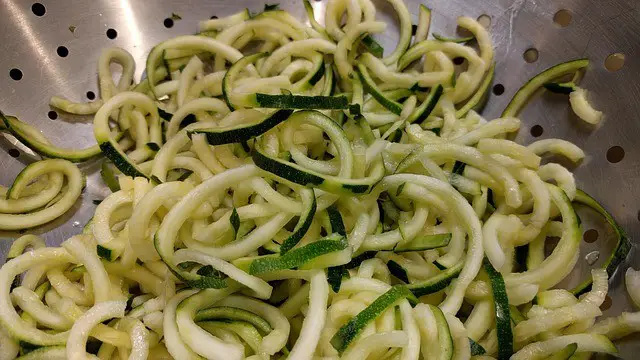
Spaghetti, noodles, and pasta are not keto-friendly and may kick you out of nutritional ketosis. As an alternative, you can spiralize your veggies like zucchini noodles or cucumbers to make yourself some keto-friendly noodles.
Use Cauliflower in place of Rice
Cauliflower rice is the in thing now, you shouldn’t be left behind. Since rice is high in net carbohydrates and not keto-friendly, grate or throw your cauliflowers into a food processor, and voila! You have yourself some rice.
Go Salad!
Eat salads more, seasoned with olive oil or lemon juice for that additional kick. Raw vegetables have a lower GI than roasted vegetables, so take good advantage of salads for even a light meal. Green leaf lettuce is one of the top keto vegetables that shouldn’t miss in your salads.
You could throw in some cream cheese to increase fat intake without worrying about net carb counts. To switch things up stir fry 1 cup of vegetables with green pepper for a light lunch. Sautéed onions can be a good side dish when prepared properly.
Be Creative
Use your imagination. Eat those vegetables in a way you haven’t before. Make veggie wraps, vegetable boats, veggie sticks, and stuffed veggies! Anything your mind can think of. Keep exploring. You can use veggies to make your side dish or even make your favorite one the star of the show.
Juice Them
Green smoothies are powerhouses. They are rich in antioxidants and essential nutrients that will take your nutrition and fitness journey to the next level. Throw in your green leaf lettuce or spinach into your blender, and blend yourself a smoothie to increase your vegetable intake.
Final Thoughts
Having your vegetable net carbs chart is necessary for to keto diet right. A combination of the right low-starch vegetables and fruits, high-fat foods, and protein animal products increases the chances of benefiting from keto.
Pay attention to what you can and cannot eat, the cooking method you use, and the portion sizes. Stay clear of the highest carbs veggies to stay in ketosis.
Are there any other vegetables you would like to add to our vegetable net carbs chart? Which category do they fall in? Tell us some tips you use to increase your vegetable intake in the comment section.
